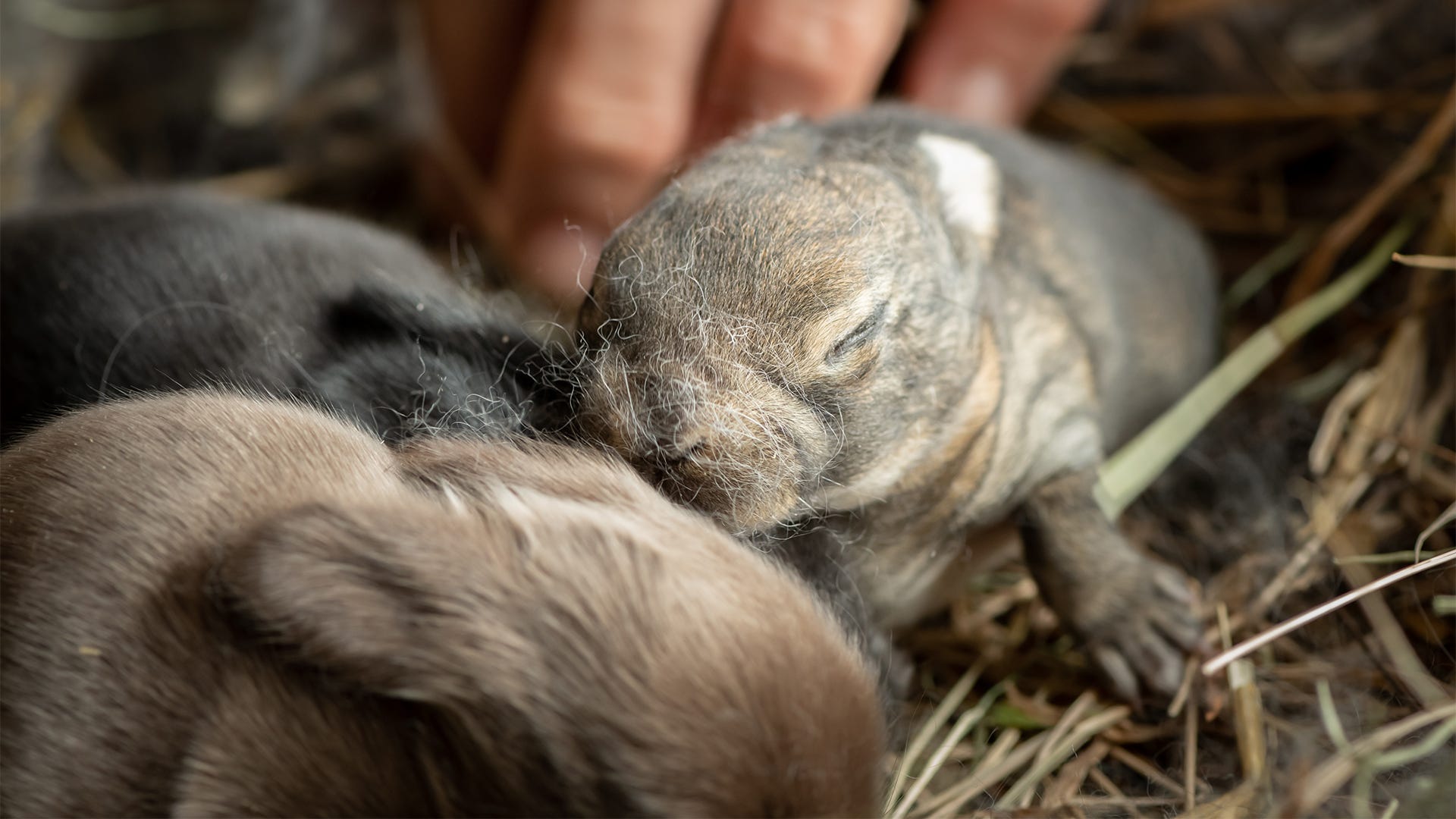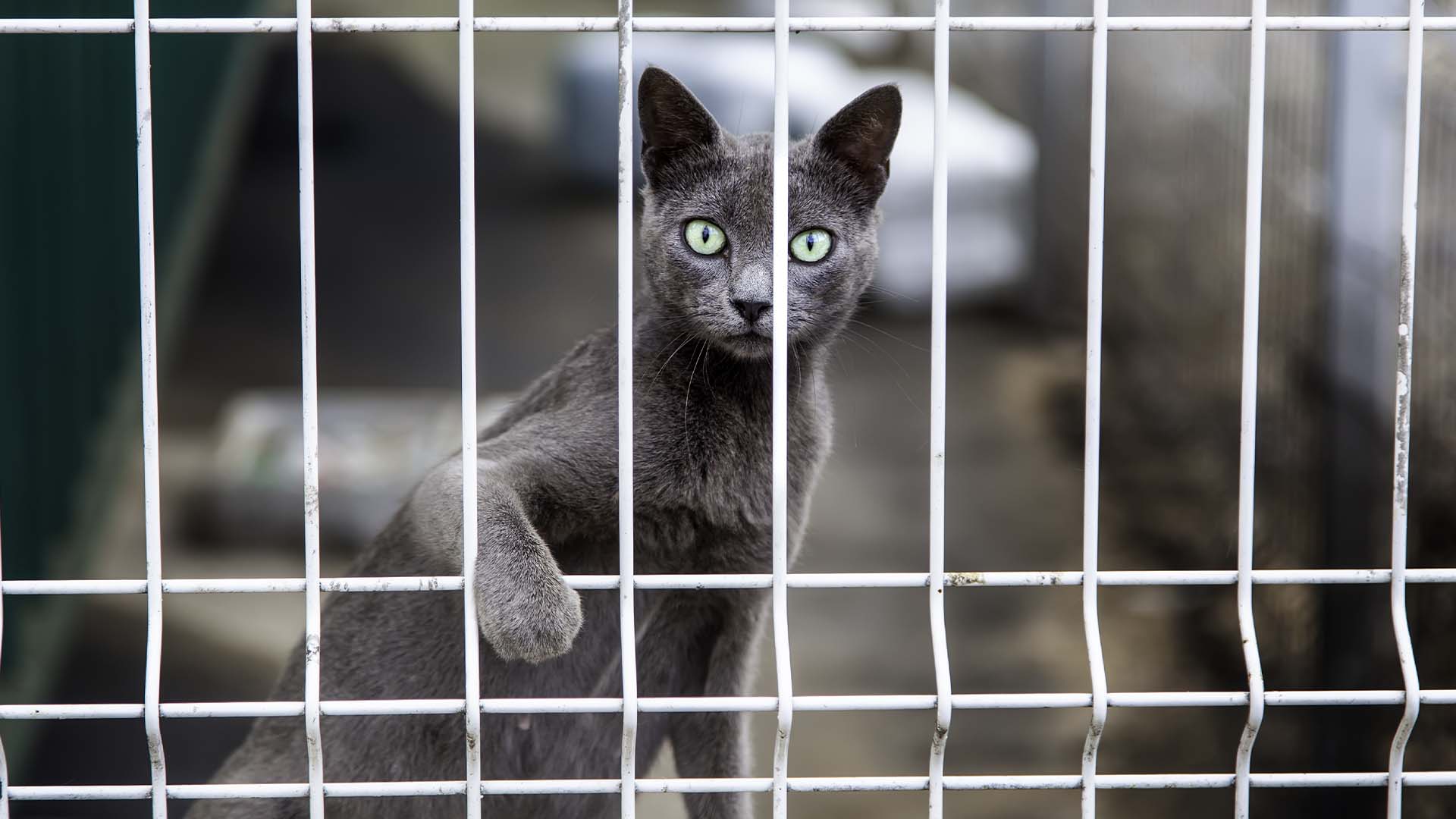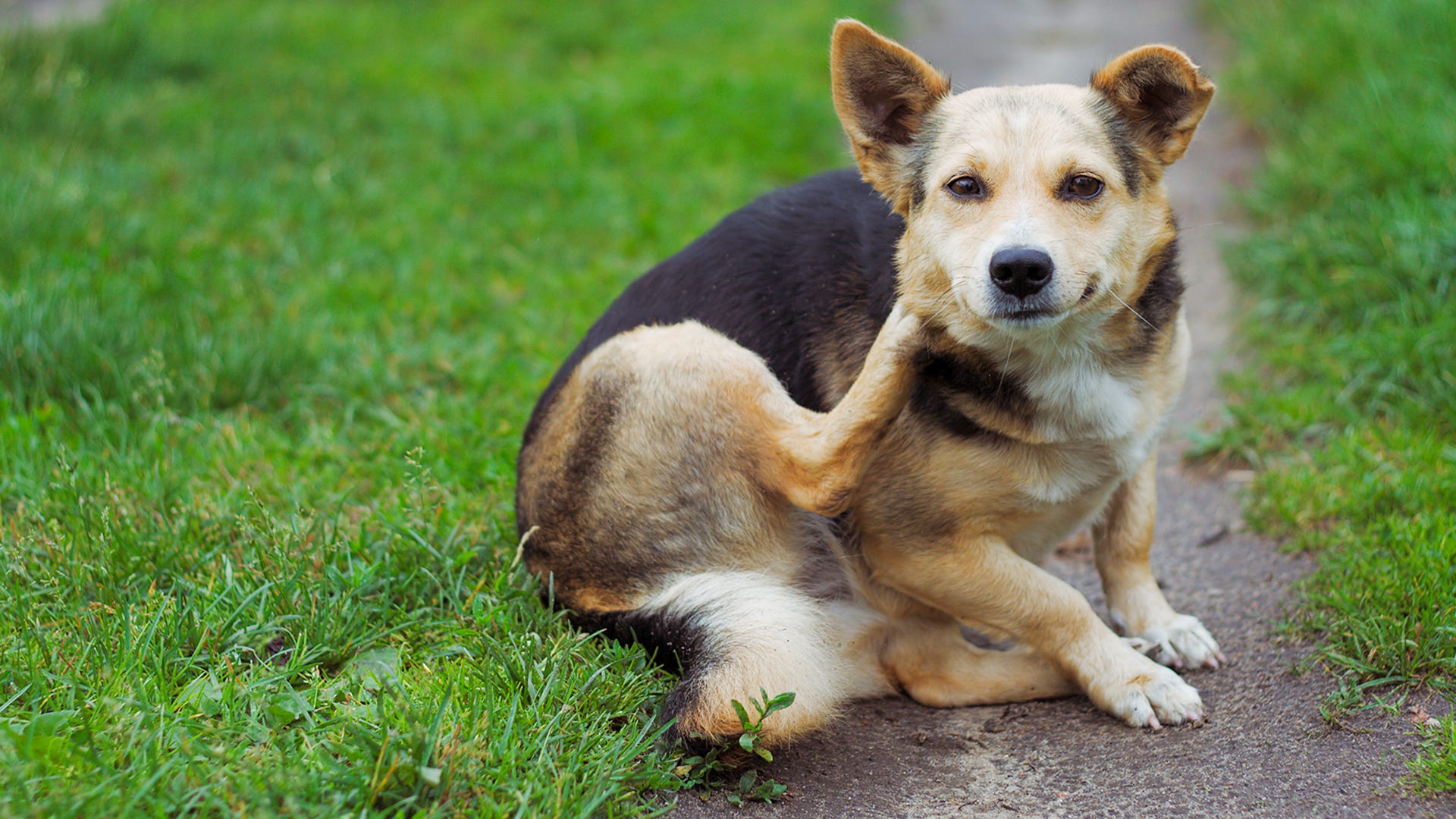Over the course of more than three decades as an animal control professional, I’ve received countless calls about what appears to be a neglected or abandoned baby wild animal. In most cases, it turns out that the animal is not truly abandoned, but has been left alone by its mother as she searches for food for her offspring.
A mother rabbit, for instance, only visits her babies for about five minutes each day to provide them with food, so a rabbit’s nest containing babies but no mother is not an uncommon occurrence. In other situations, a mother’s injury, death or powerful instinct for self-preservation may have caused a more permanent separation.
Which Animals are Most Likely to Leave Their Babies Alone?
Having an understanding of which wild animals are more likely to leave their offspring “home alone” can help you determine whether you should consider taking action if you come across an unattended baby.
Hares, for instance, are much like their rabbit cousins in that they leave their babies alone as soon as they’re born and only return at dusk to deliver food. Birds may also vacate the nest for long periods of time, and solo deer fawns or unattended fox cubs are not unusual.
By the way, if a mother fox spots you in the vicinity of her cubs, there’s a good chance she will run away, never to return. If you come across a baby squirrel on the ground, it may have fallen out of a tree and is likely in need of medical attention.
Observe Before Taking Action
A good rule to follow is that unless a baby animal appears to be injured, it is best to leave it alone, at least initially. Monitor the situation for a period of time, typically 24 hours, to see if the mother makes a return appearance. In the case of nesting animals, you can move the nest a few feet to take it out of harm’s way. Keep in mind, however, that if you move the nest an extended distance it could cause the mother to reject her babies.
If you feel you must try to move a baby animal, do so with extreme caution. Approach slowly and quietly to avoid frightening the animal, and pick it up gently. Wear thick gloves or wrap your hands in a towel to protect yourself and the animal. And keep an eye out for Mom, who could be lurking nearby and probably won’t be very happy to see you!
Where to Turn for Help
If you believe a wild animal baby has actually been abandoned or is injured, contact the National Wildlife Rehabilitators Association for assistance. Founded in 1982, the NWRA is dedicated to the profession of wildlife rehabilitation and provides wildlife medical training programs for veterinary professionals.
You can also contact your state or local wildlife office. Your local ASPCA chapter may be able to provide some guidance if these other resources are not immediately available or accessible, although this organization is designed for assisting with domestic instead of wild animal situations.




